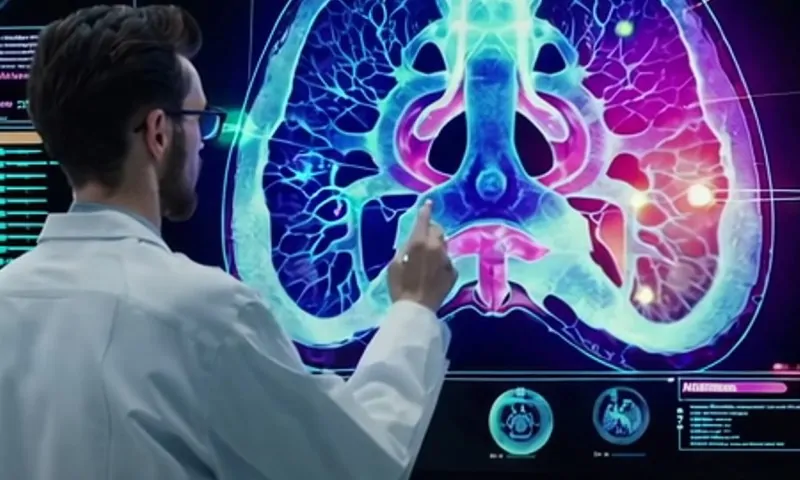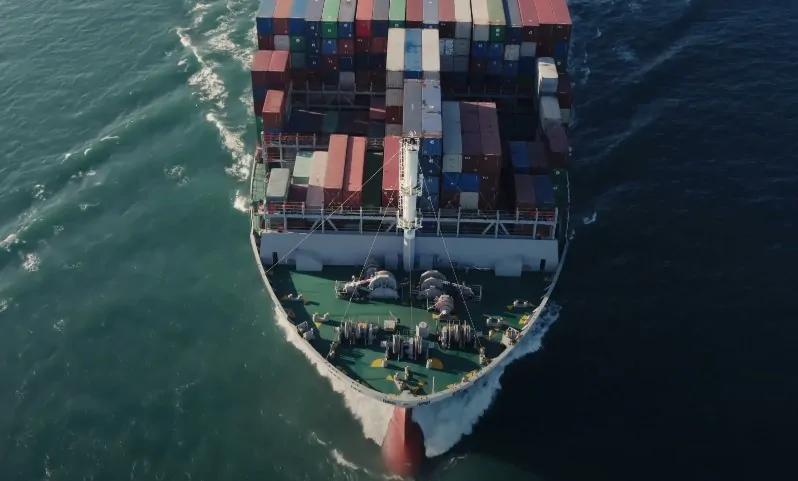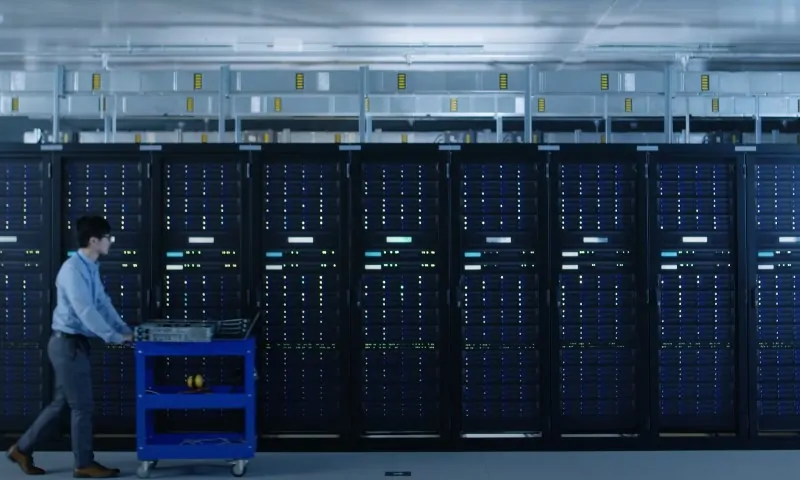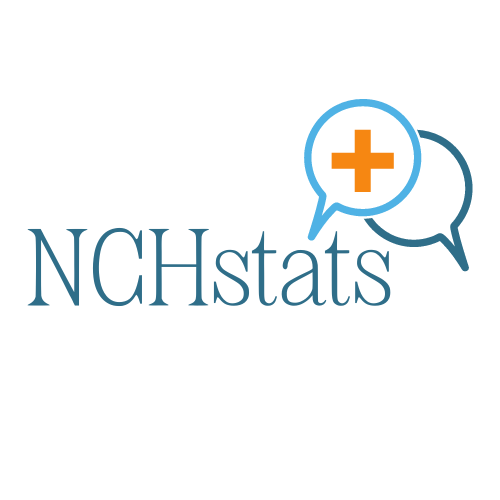Artificial Intelligence is no longer a futuristic concept or a side experiment; it has become the backbone of economic transformation across nearly every major sector.
As of 2025, more than 78% of organizations worldwide report using AI in at least one business function, according to the U.S. Census Bureau. Generative AI alone could add $2.6 to $4.4 trillion annually to the global economy, while total AI-driven productivity gains could exceed $7 trillion.
But the benefits are not evenly distributed. Some industries have leveraged AI far more effectively, thanks to data-rich environments, repetitive workflows, and clear cost-reduction pathways.
Based on global adoption reports, financial performance metrics, and case studies, the top 10 industries benefiting most from AI are Healthcare, Finance, Manufacturing, Retail, Transportation, IT & Telecom, Media, Education, Energy, and Legal Services.
1. Healthcare and Life Sciences

No sector stands to gain more from AI than healthcare. Hospitals and biotech companies now rely on machine learning models for early disease detection, radiology image analysis, patient monitoring, and drug discovery. In 2025, AI algorithms will help identify anomalies in X-rays or MRIs with over 90% diagnostic, a rate comparable to or superior to human specialists in some domains.
Generative AI also supports pharmaceutical research. According to McKinsey, AI-based molecular modeling can cut drug discovery time by 50% and reduce R&D costs by billions. Hospitals are implementing predictive analytics to flag patients at risk of readmission, while chatbots handle basic inquiries and scheduling.
| Fact | Source / Data (2025) |
| 60% of hospitals in developed economies use AI-assisted imaging systems | WHO / Deloitte HealthTech Report |
| Global AI in healthcare market expected to exceed $187 billion by 2032 | Fortune Business Insights |
| AI reduces diagnostic turnaround by up to 40% | Nature Medicine, 2024 |
Biggest challenge: Regulation and patient data privacy. AI systems must meet strict compliance under HIPAA and GDPR, and medical errors still require human oversight.
2. Financial Services and Banking
Finance was one of the earliest adopters of artificial intelligence, and it continues to profit heavily from automation and data analytics. Banks use AI for fraud detection, risk scoring, credit modeling, and algorithmic trading. JPMorgan Chase alone runs machine learning models to analyze billions of transactions daily, helping prevent fraud losses worth millions.
Insurers use AI for automated claims processing, underwriting, and chatbots that speed up customer service. A report by Deloitte estimated that financial institutions using AI save up to 20–40% in operational costs.
| Fact | Data (2025) |
| 90% of leading financial institutions use AI in at least one core function | McKinsey Global Survey |
| AI in financial services projected to exceed $180B global market value by 2030 | Markets & Markets |
| 45% reduction in fraud-related losses in AI-enabled banks | PwC Risk Report 2025 |
Challenge: Transparency and compliance. Regulators demand explainable AI (XAI) models that justify their decisions, especially in credit and lending.
3. Manufacturing and Industry 4.0
In factories, AI is revolutionizing everything from predictive maintenance to automated quality control. Sensors and machine vision systems detect defects in real time, while predictive models forecast equipment failure before it happens, saving millions in downtime.
According to McKinsey, manufacturing plants using AI for predictive maintenance see 20–25% productivity gains and 30% reduction in maintenance costs. Robotics integrated with AI now adapts to tasks dynamically, learning through reinforcement training rather than manual programming.
| AI Impact Metric | Average Value |
| Equipment downtime reduction | 30–50% |
| Productivity increase | 20–25% |
| Cost savings in maintenance | 30% |
| Error rate reduction | Up to 40% |
4. Retail and E-Commerce
Retail is one of the most visible beneficiaries of AI. Personalized recommendations, real-time pricing, and chatbots have reshaped the consumer experience. Amazon pioneered the use of deep learning for product recommendations, and now retailers worldwide follow the same logic.
AI models forecast demand, optimize supply chains, and even design marketing strategies based on customer behavior. According to Statista, AI use in retail increased sales conversion by up to 35% and cut waste from overstocking by 20%.
| Key Stat (2025) | Detail |
| $45B global AI retail market by 2030 | Allied Market Research |
| 80% of consumers are more likely to buy from brands using personalization | Salesforce Consumer Trends |
| 35% increase in average order value through AI-based upselling | McKinsey Retail AI Report |
Challenge: Balancing personalization with privacy. Overuse of tracking and profiling can harm customer trust.
5. Transportation and Logistics

AI now powers the entire supply chain ecosystem, from smart routing to autonomous vehicles. Logistics companies like UPS and DHL deploy predictive algorithms to find the shortest, least costly routes. AI-driven fleet management reduces idle time and emissions.
According to Research Gate, AI can reduce delivery times by up to 25% and improve fuel efficiency by 10–15%. Autonomous trucking and drone delivery are on the rise, with pilot programs operating in the U.S., Europe, and China.
| AI in Transport Facts (2025) | Data |
| 25% shorter delivery time via AI route planning | ITF 2025 |
| 10–15% fuel savings in AI fleet optimization | IBM Logistics Report |
| 20% reduction in logistics labor cost | DHL Innovation Report |
Challenge: Regulation, safety certification, and infrastructure readiness. Autonomous driving is still in limited rollout due to liability concerns.
6. Telecommunications and IT
Telecom operators rely on AI to predict network outages, optimize bandwidth, and automate customer support. Predictive maintenance of fiber networks and data centers reduces downtime by up to 35%.
AI assistants handle millions of customer service interactions daily, cutting human agent workload by more than half. In IT, AI supports cybersecurity monitoring, code generation, and cloud optimization.
Companies that specialize in digital transformation, such as Coherent Solutions, are driving this AI shift forward. They help global businesses adopt digital-first services, develop custom AI-driven applications, and modernize infrastructure, bridging the gap between legacy systems and next-generation cloud intelligence. Their work showcases how the telecom and IT sector turns AI into measurable business value through agile, data-centered design.
| Impact Area | AI Result |
| Downtime reduction | 35% |
| Customer satisfaction improvement | 20% |
| Fraud and anomaly detection accuracy | 98% (average) |
| Cost savings in operations | 25% (average) |
Challenge: Managing data volume and cybersecurity. AI systems themselves become targets for adversarial attacks, demanding new layers of protection.
7. Media and Entertainment

The creative industry has been reshaped by generative AI tools that produce text, music, images, and even video. Studios now use AI for script drafting, content localization, VFX automation, and recommendation engines.
Netflix, for example, uses AI algorithms to decide not just what viewers watch, but also which thumbnails or trailers appear for each user. AI editing systems speed up post-production, and virtual actors are starting to appear in advertisements and gaming.
| AI Fact | Statistic / Source |
| 80% of media companies use AI in content production | Deloitte Media Outlook |
| Video editing automation reduces post-production time by 40% | Accenture Media Report |
| AI in creative tools projected to reach $65B by 2030 | PwC 2025 |
8. Education
In classrooms and universities, AI personalizes learning. Adaptive platforms analyze student performance and adjust lesson pace or content automatically. Tools like ChatGPT, Khanmigo, and Duolingo Max use AI to provide real-time tutoring.
AI also helps teachers automate grading and feedback. According to UNESCO, AI-enabled learning systems can improve student performance by 15–20% when used alongside human instruction.
| Education AI Impact | Statistic |
| 15–20% student improvement in adaptive systems | UNESCO 2024 |
| 60% reduction in grading time for teachers | EdTech Data 2025 |
| Global AI in education market: $32B by 2032 | Grand View Research |
Challenge: Equal access. Schools in low-income regions still lack infrastructure for digital learning.
9. Energy and Utilities

AI is making power grids smarter. Predictive algorithms balance electricity loads, anticipate outages, and improve renewable integration.
In oil and gas, AI interprets seismic data for exploration, while in renewables, it predicts optimal wind turbine angles or solar output. According to the International Energy Agency, AI could cut operational costs in power generation by up to 15%.
| Metric | Value (2025) |
| Energy efficiency gain | 10–20% |
| Cost reduction via predictive maintenance | 15% |
| Carbon footprint reduction | 5–10% per utility |
Challenge: Legacy systems and fragmented data make AI rollout difficult, especially in developing countries.
10. Legal and Professional Services
Law firms and corporate legal teams use AI for document review, contract analysis, and case prediction. Natural language models can sift through millions of pages in seconds, identifying relevant clauses or precedents.
AI-assisted tools like Casetext and Harvey are already streamlining due diligence work. Studies show that AI can cut legal research time by 30–40%, freeing attorneys to focus on strategic decisions.
| Legal AI Data (2025) | Detail |
| 40% faster case review times | Gartner Legal Tech Report |
| 25% cost savings in contract management | Thomson Reuters |
| AI legal tech market: $12B by 2030 | Statista |
Broader Economic Insights
AI’s potential spans the global economy, but measurable returns are still emerging.
- Only 1% of firms globally consider themselves “AI-mature.”
- 95% of generative AI implementations still show no direct P&L impact (MIT, 2025).
- However, workers using AI tools report 66% higher task throughput, and firms that integrate AI into workflows (not just software) outperform peers by 4× in efficiency.
| Metric (2025) | Value / Source |
| Global AI adoption (any form) | 78% of firms |
| Generative AI adoption | 65% of firms |
| Annual potential economic impact | $2.6–7.9 trillion |
| Average workforce productivity gain | 30–60% |
| % of firms with measurable ROI | <20% |
Conclusion
Artificial Intelligence is no longer optional. It is the infrastructure of modern productivity, shaping everything from hospitals and factories to classrooms and courtrooms. The industries benefiting most are those with structured data, repetitive tasks, and strong economic incentives, especially healthcare, finance, and manufacturing.
The next stage of value creation won’t come from just adopting AI tools but from redesigning workflows, training human talent, and embedding AI into core decision-making. The winners of the AI era will be those who combine technology, governance, and human judgment into a single, intelligent system of work.
Related Posts:
- Top 5 Most Dangerous Intersections in Chicago by Crash Data
- Top 13 Techniques for Improving Heart Rate Variability
- Top 4 Seasons With Record Denver Nuggets Attendance
- Top 10 Conditions That Lead to ER Visits in the U.S.…
- Utah Ranks in Top 5 Growth States as US Population…
- Top 10 Everyday Products That May Contain Hidden Carcinogens








